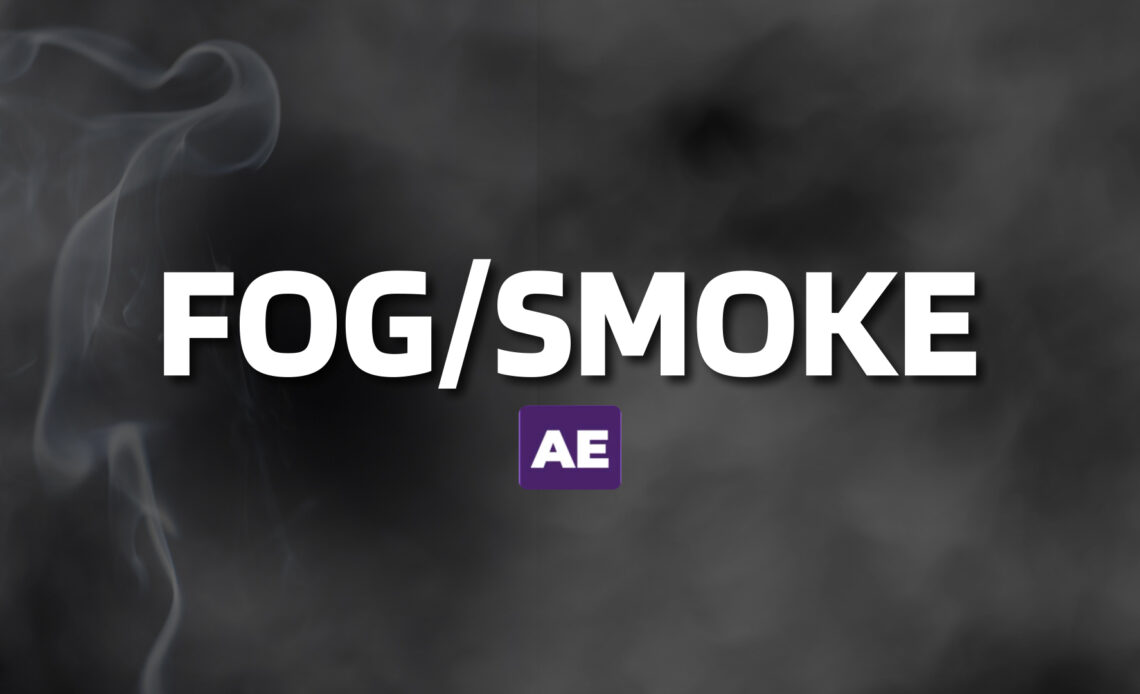Welcome, visual artists! Are you ready to add a touch of mystique and intrigue to your videos? In this tutorial, we’re delving into the realm of After Effects to unveil the secret of crafting your very own fog effect. Get ready to create an ethereal atmosphere that will captivate your audience. Let’s jump right in and discover how to conjure a mesmerizing fog effect using the Effects and Presets panel.
Step 1: Setting Up the Composition
Start by creating a new composition. Name it “Fog Composition.” Set the frame rate to 30 frames per second and the duration to 10 seconds. This will give us the canvas to bring our fog effect to life.
Step 2: Creating the Fog Layer
Generate a new solid layer and name it “Fog Layer.” From the Effects and Presets panel, choose “Fractal Noise.” This effect will form the basis of our fog.
Step 3: Adjusting Fractal Noise
Enter the Fractal Noise effect settings and fine-tune the parameters to craft the fog. Dim the brightness by setting it to -32. Move to the Transform settings and rotate the layer by -140 degrees. Enlarge the fog by adjusting the scale to 650.
Step 4: Adding Movement to the Fog
Bring life to the fog by animating it. Keyframe the Offset Turbulence property by pressing “U” on your keyboard to reveal the keyframes. On the composition’s end, make the fog move outside the frame. This gentle movement will create a realistic fog effect. Leave the Complexity setting as it is.
Step 5: Creating a Foggy Texture
To add depth and texture to the fog, apply the “CC Vector Builder” effect. Set the Amount to 120 and the Offset Angle to 135. Opt for the “Directional Fading” type and enlarge the foggy texture by adjusting the size to 110.
Step 6: Duplicating and Enhancing the Effect
Duplicate the “Fog Layer” by pressing “Ctrl + D” and rename it to “Fog 2.” Alter the settings in the Fractal Noise effect, particularly focusing on scale and rotation. Adjust the rotation angle to -70, scale to 420, and tweak the Vector Builder amount to 110.
Step 7: Layer Duplication and Modification
Repeat the duplication process for added complexity. Create “Fog 3” and “Fog 4,” each with their own scale, rotation, and settings. Experiment with values to achieve diverse fog layers. The goal is to create a multi-dimensional fog effect.
Step 8: Blending and Opacity
With all fog layers in place, select them all and change the blending mode to “Screen.” This blending mode is essential for merging the fog seamlessly into your composition. Adjust the opacity to around 65 to ensure a subtle yet impactful fog effect.
Step 9: Incorporating the Fog Effect
Create a new composition named “Main Composition.” Import the fog composition as a layer. Align the fog layer with your desired scene to introduce the enchanting fog effect.
Step 10: Fine-Tuning and Customization
The beauty of this fog effect lies in its versatility. Feel free to customize it by adjusting opacity, scale, and brightness to match your specific requirements. Experiment with these settings to achieve the desired atmosphere.
Congratulations! You’ve now mastered the art of creating captivating fog effects in After Effects. With just a few clicks, you’ve learned how to transform ordinary scenes into captivating visual stories with a touch of mystery. Whether you’re creating eerie landscapes or dreamy sequences, the fog effect can add an extra layer of enchantment to your videos. If you found this tutorial inspiring, consider subscribing and sharing it with fellow creators. With your newfound skills, you’re ready to cast a spell of enchantment on your audience. Happy creating!


